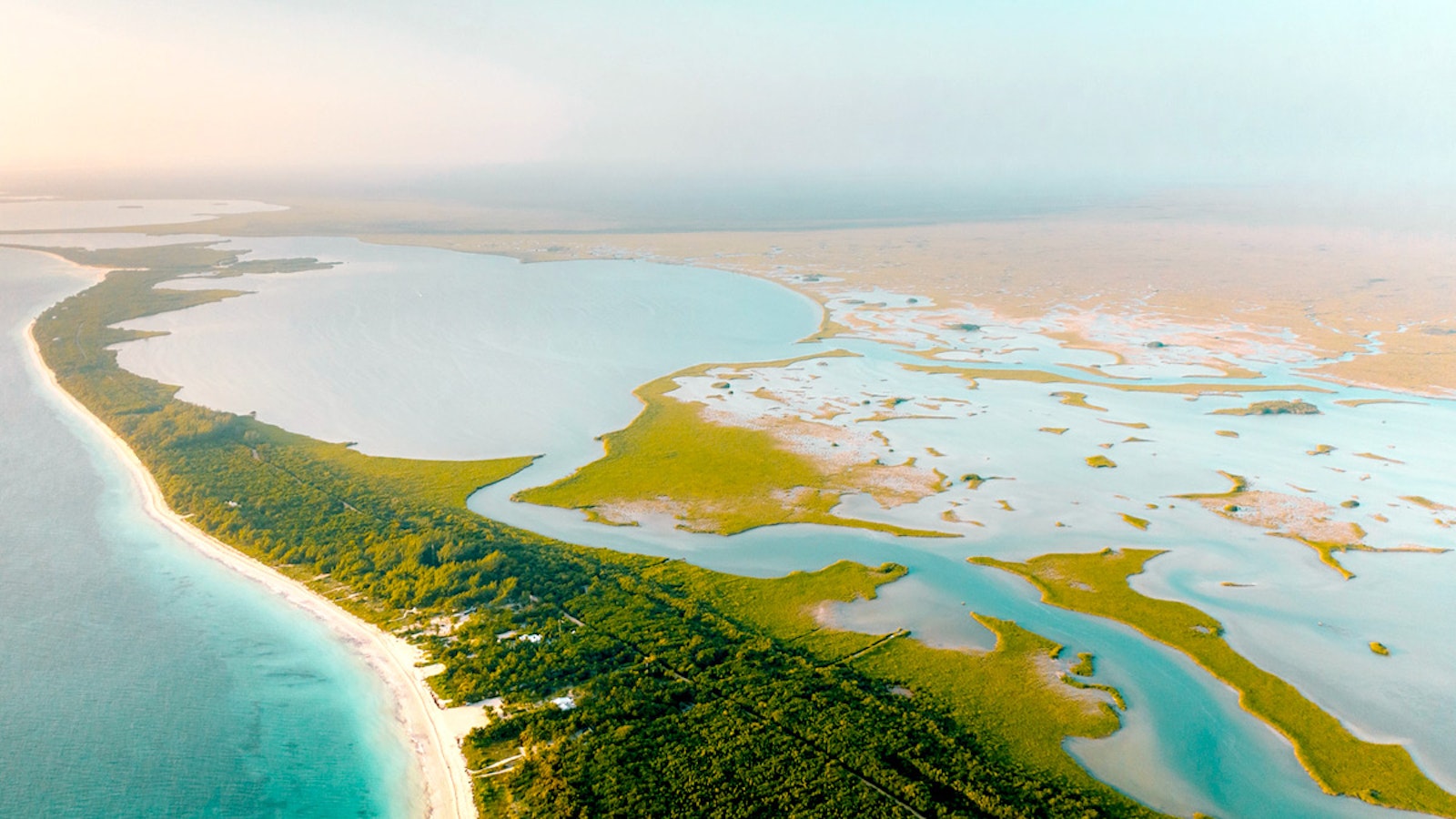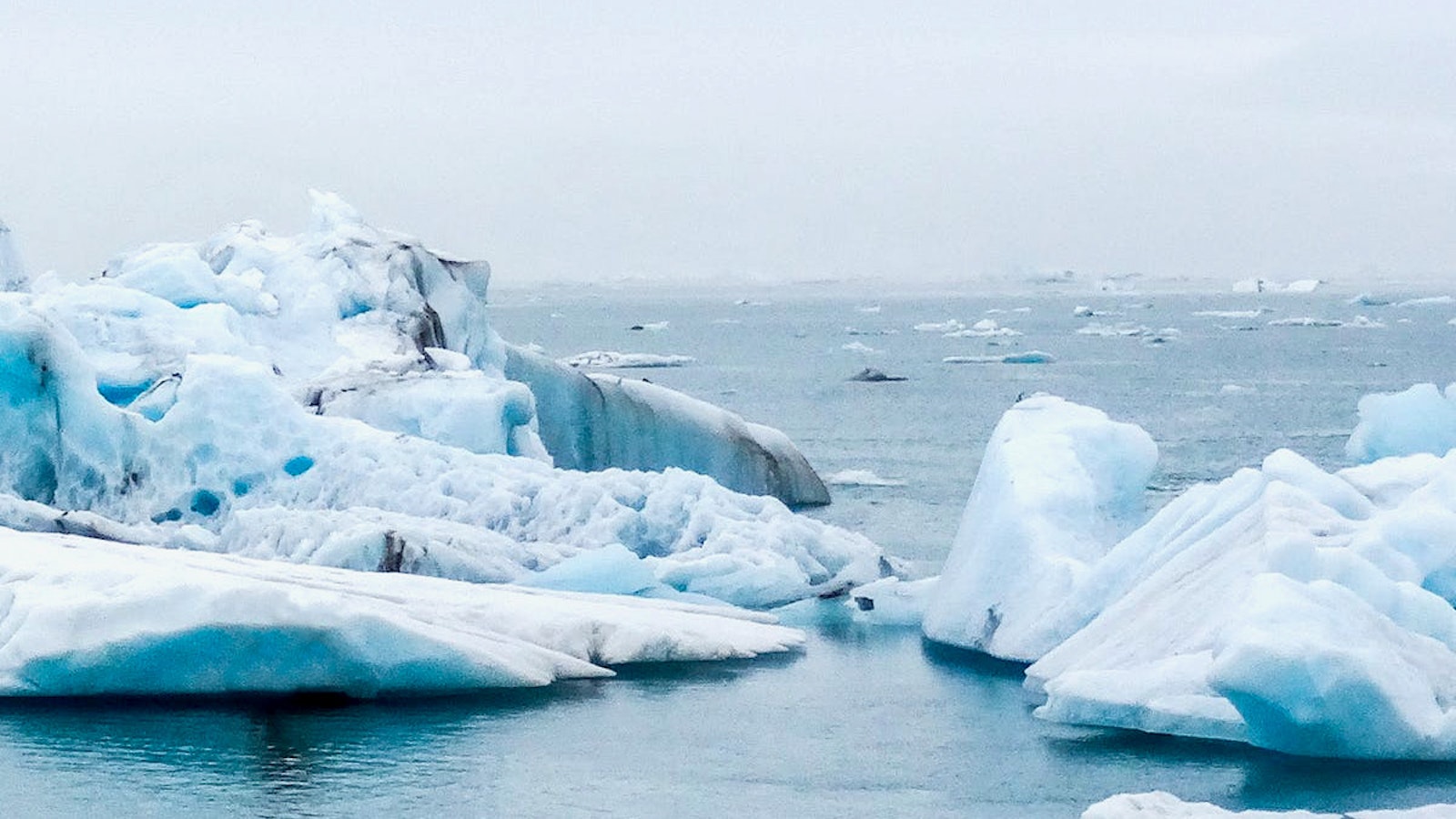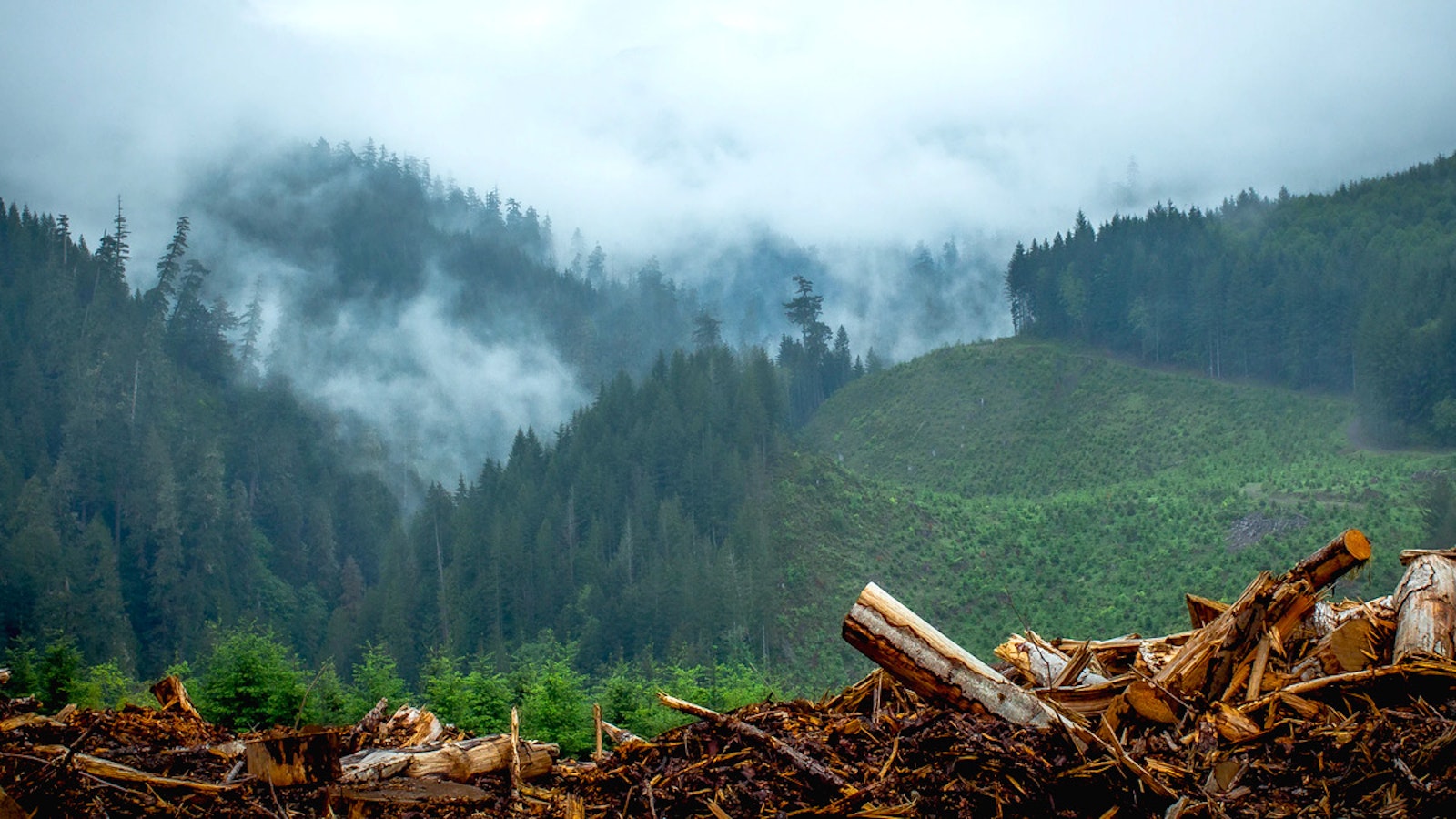Tackling the Biodiversity Crisis: what can we do to turn the tide on biodiversity loss?
Ellen Heimpel
What is biodiversity?

The biodiversity crisis

The Convention on Biological Diversity

What comes next?

Ellen Heimpel




From thought leadership to impact updates and information about climate solutions for our planet. This includes our monthly newsletter. Unsubscribe anytime.
By subscribing we'll plant a tree on your behalf